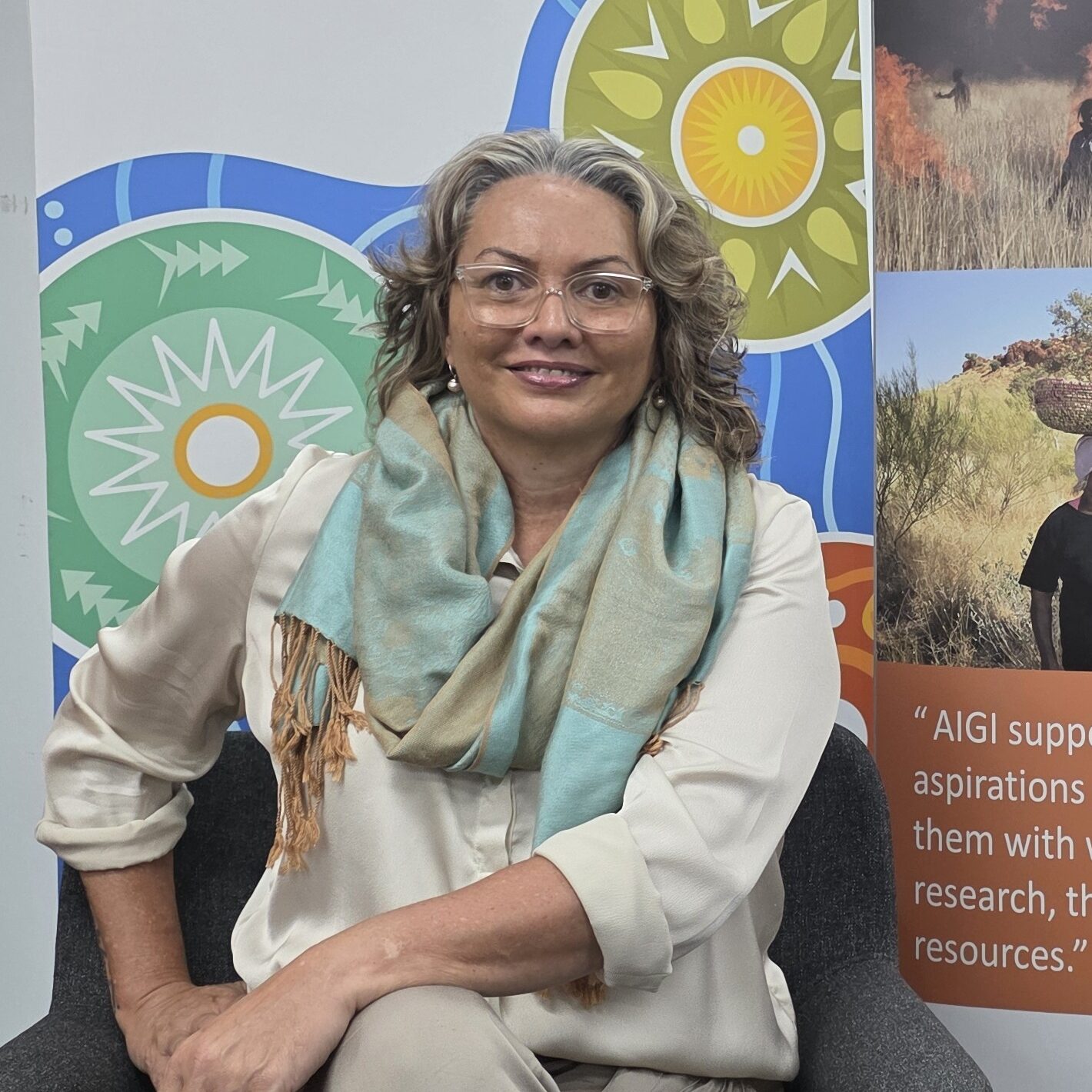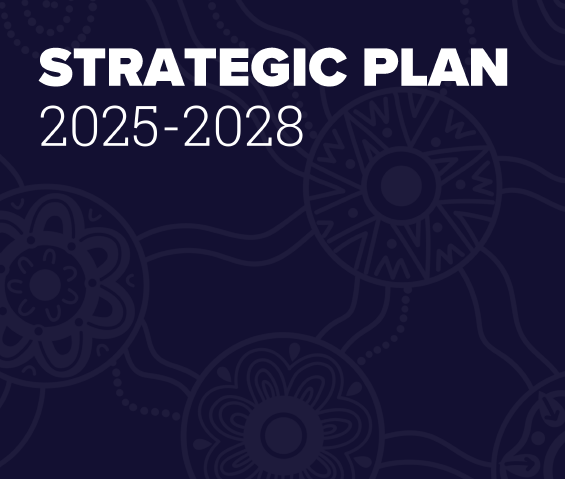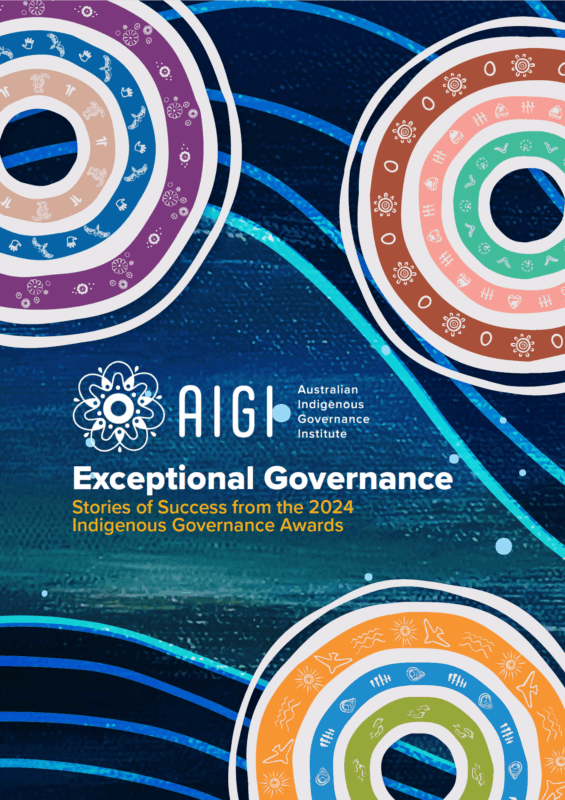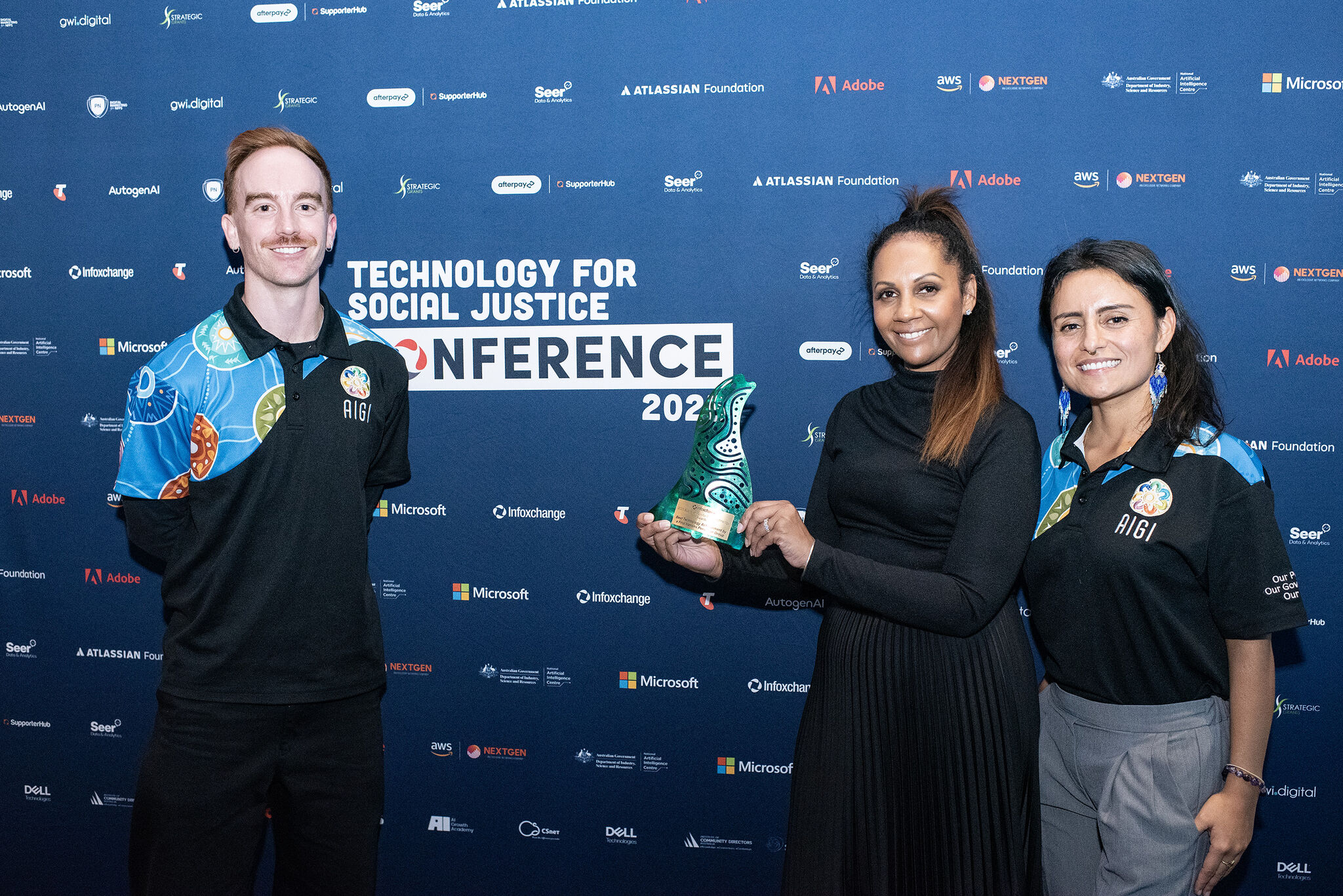...
NPY Women’s Council – strong culture, strong women, strong communities

NPY Women’s Council (NPYWC) was set up in 1980 and incorporated in 1994. The organisation was founded in response to the concerns of Aboriginal and Torres Strait Islander women throughout the APY lands. The women were concerned about the rise of petrol sniffing in their communities as well as the ineffectual service delivery to their elders and those with disabilities.
“…the women were all thinking the same way. We wanted our own meetings. We all had something to say about caring for our children, our families, about our aspirations to have good lives. We wanted to talk about our issues to the government. We wanted to talk together to give a strong message. That’s why we formed the Women’s Council”
(Nganyinytja OAM)
Since it started 32 years ago, NPYWC has never lost sight of its aspirations. It remains an active and hands-on advocacy and service delivery organisation committed to culture. One of the aspirations of NPYWC is to protect, maintain and revitalise culture. It does this by encouraging the practice of culture, observing NPY women’s law as well as promoting the interests and rights of NPY women. It is clear that Anangu culture flows through the organisation from the boardroom to service delivery on the ground.
Here are some of the ways NPYWC have incorporated their local culture into the way the organisation is run.
Bush meetings
Each year NPYWC holds a bush meeting where the directors and staff go out on country and meet with the organisation’s members. Everyone is invited to come along to these meetings not just the local community where the bush meeting is being held.
These meetings are an opportunity for NPYWC staff to spend time with the organisation’s members out on country and in a bush camp. Having bush meetings allows for knowledge sharing between communities and the NPYWC as well as ensuring that staff and directors are getting out from behind their desks and into the communities to meet people. Bush meetings are not only a culturally appropriate way to get information out to members, but they have proven to be a great forum for building relationships between community and staff.
Malaparara way
NPYWC has an approach known locally as the ‘malparara way’. Malparara means a person who is together with a friend or companion. In the context of service delivery this usually means two staff who are working together on a program, one of whom is an Anangu woman or man and the other who is the partner staff member, employed for his/her specific professional skills.
The primary aim of the malparara way of working is to ensure the concerns and problems of the local people are listened to and properly addressed in a culturally appropriate way. Malparara way recognises and values the knowledge, skills and resources of the local people while assisting them in gaining access to services which are delivered in a culturally appropriate and effective way.
“Women’s Council project work is hard, really complicated. It can be difficult to understand, but working with a malpa (friend) makes it much easier, and the staff are much happier when they are working together. It makes difficult things much easier to understand when you are working together.”
(Tjikalyi Colin, Former Anangu staff member)
These relationships are pivotal in ensuring NPYWC are effective in their response to sensitive community issues such as domestic violence. It is these relationships which form the basis of our service delivery and it is the thing that separates us from other service delivery bodies in the NPY region.
Malaparara way is very effective in ensuring quality service delivery in cross-border regions, especially given the type of work in which NPYWC is engaged. The idea of malaparara way came from Anangu women as a service delivery model that would effectively and efficiently meet the needs of the local people as well as breaking down language barriers. Malaparara way works well because it means that service delivery can be adapted to suit the local communities’ culture, norms and values. The growth of the organisation in recent years has meant that there will be staff members who won’t have a direct opportunity to experience this model of working malparara, however senior women including directors are available to provide advice and direction to staff working with members and their families.
Decision making and service development
Many years ago the members of NPYWC developed their own approach to developing services for their communities. The process is an example of how Indigenous culture can go hand in hand with good corporate governance. NPYWC’s service development approach includes:
Kulikatinyi (considering something over a long period of time)
Nyakuakatinyi (looking for something as one goes along)
Palyaalkatinyi(making something as one goes along)
This process ensures services that are developed and delivered by the Women’s Council are continually reviewed and improved. This approach to service development means that NPYWC is effectively delivering services in a manner that best meets the needs of the individual and also the different communities.
Kungka – NPY Women’s Council Annual Career Conference
Kungka is annual career conference held by the NPYWC for young women in the community between the ages of 12-15. The career conference aims to provide young Aboriginal women with information and advice on education and employment pathways. However another feature of the conference is the involvement of older successful Indigenous women, who come along to share their stories. Local women who have been successful in their education and employment life are invited to come along and speak to participants in their own language. The conference provides young women positive examples of Aboriginal women who are strong in their culture and successful in their employment and education.
Staff Education
All new staff members are provided with an orientation of the organisation and the region in which they are based. This includes detailed cultural advice on cultural differences and Anangu culture; such as saying no, avoidance relationships, sorry business, men’s business, women’s business and parenting ways.









.png)

